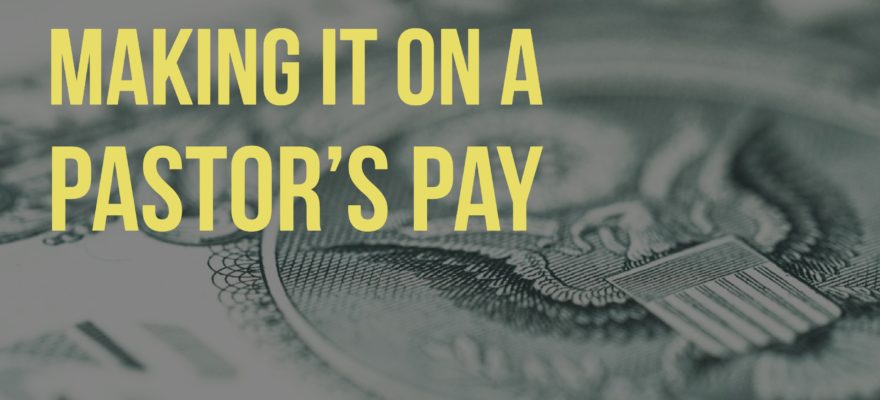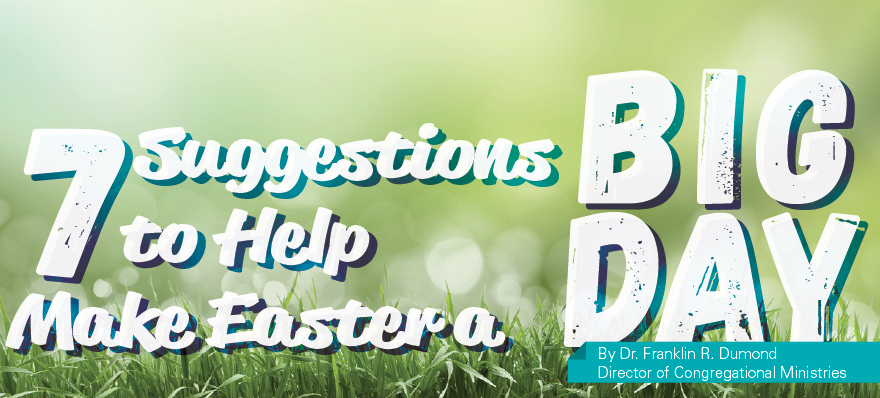by Franklin Dumond, Director of Congregational Ministries
When our older grandson was about 18 months old he spent one of his afternoons with us. We did all the usual stuff: playing outside chasing birds, playing inside with toys, and reading books. Then while I was preparing a healthy supper (Grandma had already baked cookies for him) he chose to color.
Grandma strapped him into his chair, pulled him up next to the kitchen table, and with crayons and markers in hand he began the creative process of coloring.
The vegetables were on and the meat was sizzling so I decided to listen to Garrison Keeler’s Prairie Home Companion. (Yes this was a long time ago!) Often on Saturday evenings, I used to listen to parts of that classic radio entertainment.
In our kitchen, we have a replica radio that mimics those styles of cabinetry from the radio heyday of the 1930s and 40s. I switched it on just as a song concluded and one of the comedy routines began. The busy grandson looked up from his coloring. He turned in the direction of the sound. He looked puzzled but turned back to his crayons. The sound changed again when the comedy routine concluded. He turned again toward the sound. He looked puzzled. Then Grandma figured it out. “There’s no picture!” she announced, “No wonder he is confused.” In our house sound from a box had always been accompanied by a picture.
Because I spend a great deal of my time working with churches, this concern over a missing video component to the sound he was hearing caused me to wonder if a church ever puzzled first-time guests by what happens before, during, or after worship services.
Here’s some of what I think becomes confusing.
- While casual is the new norm for worship it is possible to become careless and even haphazard to the point of distraction. If casual becomes careless and haphazard it is likely that the newcomers and the old-timers may conclude that the content is about as important as the level of attention it seems to be getting.
- When technology is underused or misused it becomes confusing and puzzling to participants. I get especially concerned when spelling errors show up in song lyrics displayed on screen and when the technician uses a mirror image rather than a presenter’s view with the result that the audience sees every move of the mouse and every setup feature that is clicked.
- Language that is dominated by code words or a religious vocabulary that goes unexplained is puzzling. E.S.A.T (enough said about that).
Our church buildings were closed for several weeks this spring due to the pandemic. Now that we have been back in our buildings with in-person worship for a few weeks now, what do you think confuses newcomers and old-timers in our worship?
O we need to intentionally make some changes now that we are dealing with the “New Normal”?
How would you go about introducing changes in your church’s culture?



 1— Start Early!
1— Start Early!